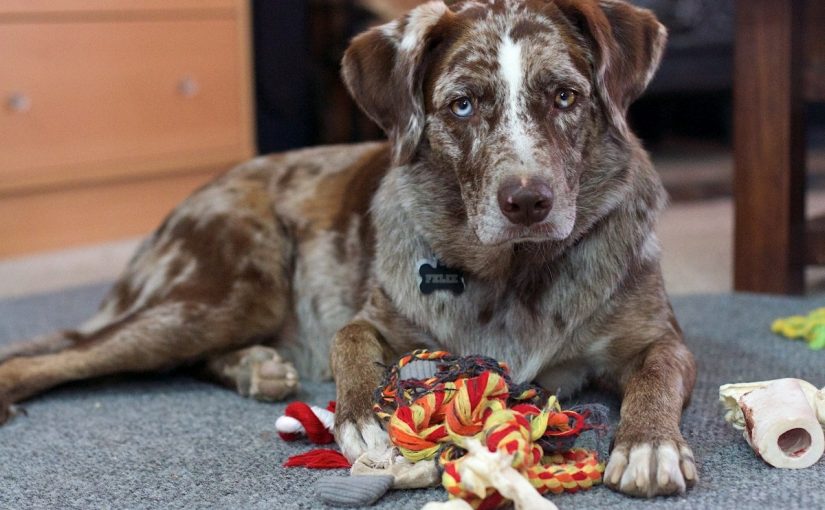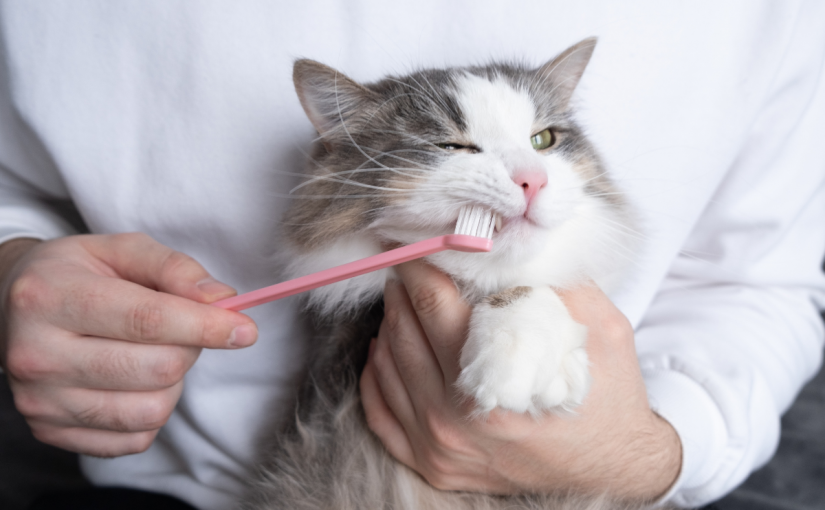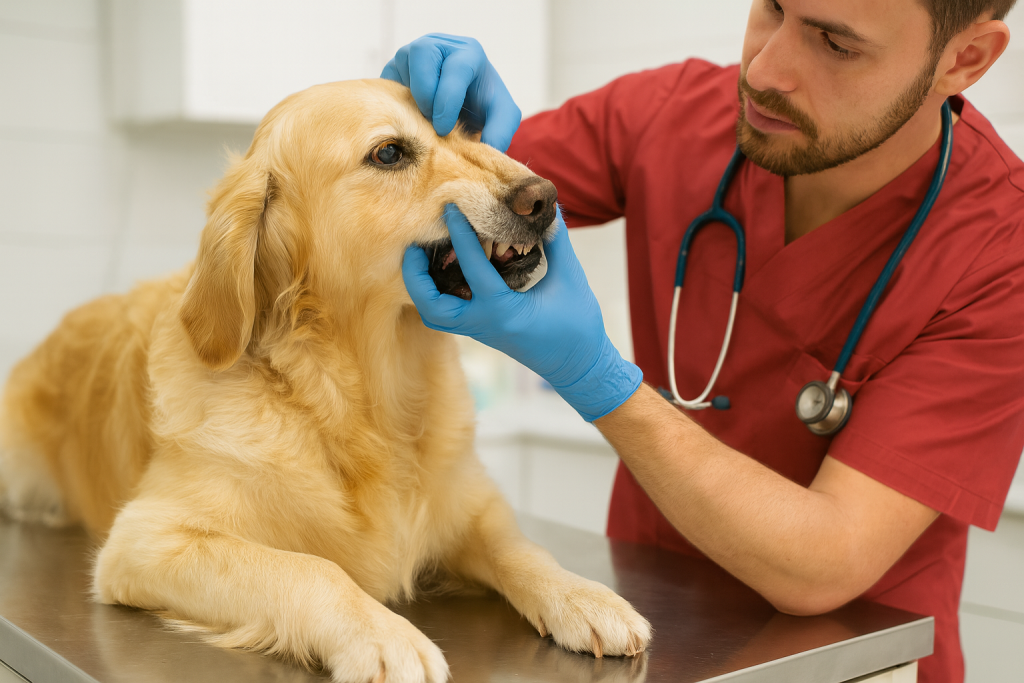Shorter days and chilly weather can mean more time indoors for families and pets. While some animals enjoy cozying up, others may become restless without their usual outdoor play. Planning indoor activities for pets helps ensure they stay happy, healthy, and mentally stimulated during the winter months.
The Importance of Indoor Activities for Pets in Winter
When cold weather or holiday routines limit outdoor time, pets may experience boredom, anxiety, or a lack of exercise. Winter pet enrichment is important for supporting their physical and mental health. Regular engagement can help prevent unwanted behaviors such as chewing, excessive barking, or scratching.
Keeping pets happy indoors also reduces stress and supports the human-animal bond. The right activities will vary based on your pet’s age, breed, and personality, but all benefit from some form of daily enrichment.
Creative Enrichment for Dogs When It’s Cold Outside

Dogs need exercise and mental stimulation year-round. Here are some indoor activities for pets that will keep dogs active and engaged:
-
Interactive toys and puzzles: Food-dispensing toys, treat puzzles, and snuffle mats offer mental challenges and satisfy foraging instincts.
-
Hide-and-seek: Hide treats or favorite toys around the house for your dog to find.
-
Indoor training sessions: Teach new tricks or reinforce basic obedience in short, positive sessions.
-
Tug-of-war or fetch in a safe space: Use soft toys in a carpeted area or hallway.
-
Obstacle courses: Arrange furniture and safe household items for your dog to navigate, jump over, or crawl under.
Always supervise play, especially with new toys or in smaller spaces. For more ideas on managing pet stress during winter, you can refer to How to Have Stress-Free Holidays for Your Pets .
Indoor Fun for Cats: Beating Boredom All Season Long
Cats thrive on variety and exploration, even when indoors. Consider these holiday boredom busters for pets of the feline variety:
-
Vertical space: Cat trees, shelves, and window perches let cats climb and observe safely.
-
Interactive play: Use wand toys, laser pointers, or motorized toys for daily playtime.
-
DIY toys: Crumpled paper balls, cardboard boxes, and paper bags offer simple entertainment.
-
Food puzzles: Slow feeders and treat balls keep cats occupied and mentally active.
-
Scent enrichment: Rotate safe objects with different scents (like silver vine or catnip) to encourage curiosity.
Change toys regularly and create new spaces for hiding or climbing to keep your cat interested. For cats prone to anxiety or overstimulation, give them quiet areas to retreat to as needed.
Keeping Small Pets and Exotics Engaged Indoors
Small mammals, birds, and exotic pets also benefit from enrichment tailored to their species:
-
Hamsters, guinea pigs, and rabbits: Offer tunnels, chew toys, foraging activities, and rearrange cage accessories for novelty.
-
Birds: Rotate perches and toys, provide foraging opportunities, and encourage safe out-of-cage exploration.
-
Reptiles: Change enclosure layout, add climbing branches or new hiding spots, and provide opportunities for supervised handling.
Always confirm that toys and enrichment items are safe for your pet’s species. More advice on caring for small mammals can be found in Ways to Keep Your Hamster Healthy and Tips to Care for Your Pet Bunny .
Tips for a Stimulating and Safe Indoor Environment
When planning indoor activities for pets, safety should always come first. Here are some key tips for keeping pets happy indoors all winter:
-
Choose pet-safe toys and avoid items that could be swallowed or cause injury.
-
Rotate activities to keep pets mentally engaged and prevent boredom.
-
Supervise interactions between pets and young children, especially with new games.
-
Maintain a regular feeding and play schedule to give pets structure and comfort.
-
Provide cozy bedding and quiet spaces where pets can relax after active play.
Building Joyful Winter Memories with Your Pets
With a little creativity and planning, winter pet enrichment can turn cold days into opportunities for bonding and fun. Indoor activities for pets offer more than just entertainment. They help support physical health, reduce stress, and strengthen the connection you share. As the holidays approach, make time for play, exploration, and quality moments with your pets, ensuring the season is happy for every member of your family.















 Emergencies can strike without warning — and when they do, your pet deserves swift, expert care from a team you can trust. At All Pets Veterinary Medical Center in College Station, TX, we offer daytime emergency services for dogs, cats, and exotic pets. Whether your companion has been injured, is in sudden distress, or just isn’t acting like themselves, our skilled veterinary team is here to help.
Emergencies can strike without warning — and when they do, your pet deserves swift, expert care from a team you can trust. At All Pets Veterinary Medical Center in College Station, TX, we offer daytime emergency services for dogs, cats, and exotic pets. Whether your companion has been injured, is in sudden distress, or just isn’t acting like themselves, our skilled veterinary team is here to help.










